DLI & Controlled Environment Agriculture: Unlocking Optimal Plant Growth
In controlled environment agriculture, light is one of the pivotal factors influencing plant growth. The amount of light received by a plant directly affects its photosynthetic processes. The Daily Light Integral (DLI) is a metric that quantifies the total amount of light delivered to a plant over the course of a day, expressed in moles per square meter per day (mol/m²/day). DLI is a critical parameter for optimizing plant growth within controlled environment agriculture settings.
The optimal DLI value
The optimal DLI value varies across different crops and developmental stages. For instance, during early stages tomatoes could used efficiently a DLI of 12 mol/m2/s however during later stages this value can be as high as 20 mol/m2/s and the plant still doenst experience light saturation. For pot flowers like chrysanthemum for example these values are usually ranging around 10 mol/m2/d. Insufficient light can result in etiolated, weaker plants with reduced yields, while excessive light may induce stress and inhibit photosynthesis. Therefore, it is essential to determine the optimal DLI value for the specific crop being cultivated to achieve a balance.
The DLI varies over the different seasons and locations and how efectively is used by the crop depends on other parameters like temperature, CO2, humidity, photoperiod, spectrum etc. When supplementing with LED lighting, considerations must include light intensity, duration of
DLI in controlled environment agriculture
DLI can be measured and utilized in various ways within controlled environment agriculture. Sensors are available that continuously measuring the value we monitor. This data can then be leveraged to manage lighting strategies, ensuring optimal lighting conditions for the crop. By having a DLI goal per day for your crop and by measuring the amount of incoming light over the day you can design a strategy with screens or lights that will allow you to reach that goal.
Benefits of using DLI
Measuring DLI in controlled environment agriculture offers growers several advantages:
Enhanced Plant Growth
Utilizing the optimal DLI value enables plants to maximize photosynthesis and growth. By understanding the optimal DLI for you crop you can slowly learn how to start steering your lights to make sure you use the maximun out of the provided or incoming light. Then you are efficiently using all the incoming radiation, that would lead to higher production and less energy consumption at the same time.
Increased Yields
Optimal DLI values can foster faster and more robust plant growth, potentially leading to higher crop yields. Plants exposed to ideal DLI levels maintain healthier foliage for extended periods, contributing to improved photosynthesis and product quality.
Reduced Costs
Efficient light usage can lead to energy savings. DLI data can optimize lighting schedules, taking into account factors such as season, day length, weather, and plant growth stages. This ensures plants receive the precise amount of light they need at the right times, preventing over-illumination and resulting in more efficient use of artificial lighting, thereby reducing energy costs.
Challenges of implementing DLI
While there are benefits to understanding the ideal DLI, there are also challenges of implementing DLI in greenhouse horticulture:
Sensors
Purchasing a PAR sensor can be a significant investment. It is crucial to research which sensors are necessary. A PAR sensor is indispensable for measuring photosynthetically active radiation and determining the light exposure of the crop.
Complexity of Measuring and Interpreting DLI Data
For those new to DLI, the measurement and interpretation can be complex. Proper software is needed to display the data clearly. It’s not enough to measure values; one must actively engage with the data. Experimentation and cultivation strategy adjustments based on DLI values are essential. Initially, this can be challenging, so enlisting the help of a plant physiologist to explain the data and suggest subsequent actions is advisable. Our clients utilize MyLedgnd, which integrates all sensor data from the greenhouse, providing a precise overview of all climate factors.
Conclusion DLI
DLI is a valuable factor in controlled environment agriculture. By employing the optimal DLI value for a specific crop, growers can optimize plant growth, increase yields, and reduce energy costs. While acquiring a DLI sensor and interpreting the data can be challenging, the benefits significantly outweigh the drawbacks.
Do you want to know more about DLI?
Do you want to know what the current DLI values are of your current assimilation lighting? We have created a calculator for this. You can find the DLI Calculator via the ‘knowledge base’ section in the header or via this link.
New articles
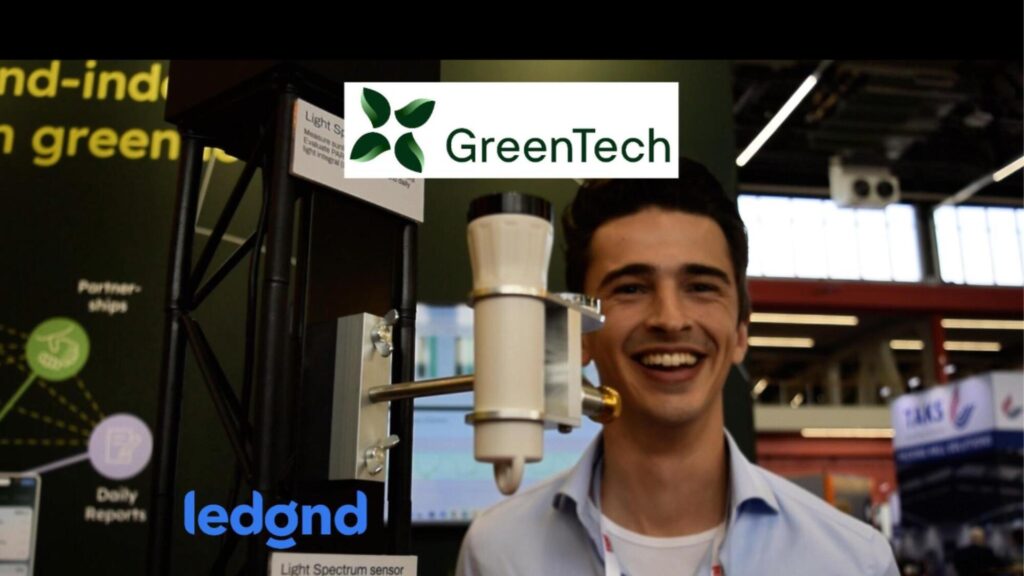
Aftermovie GreenTech 2025
Ledgnd looks back on a successful GreenTech Amsterdam 2025. During the exhibition, we once again held many valuable conversations about data-driven cultivation optimization and the role of plant feedb…
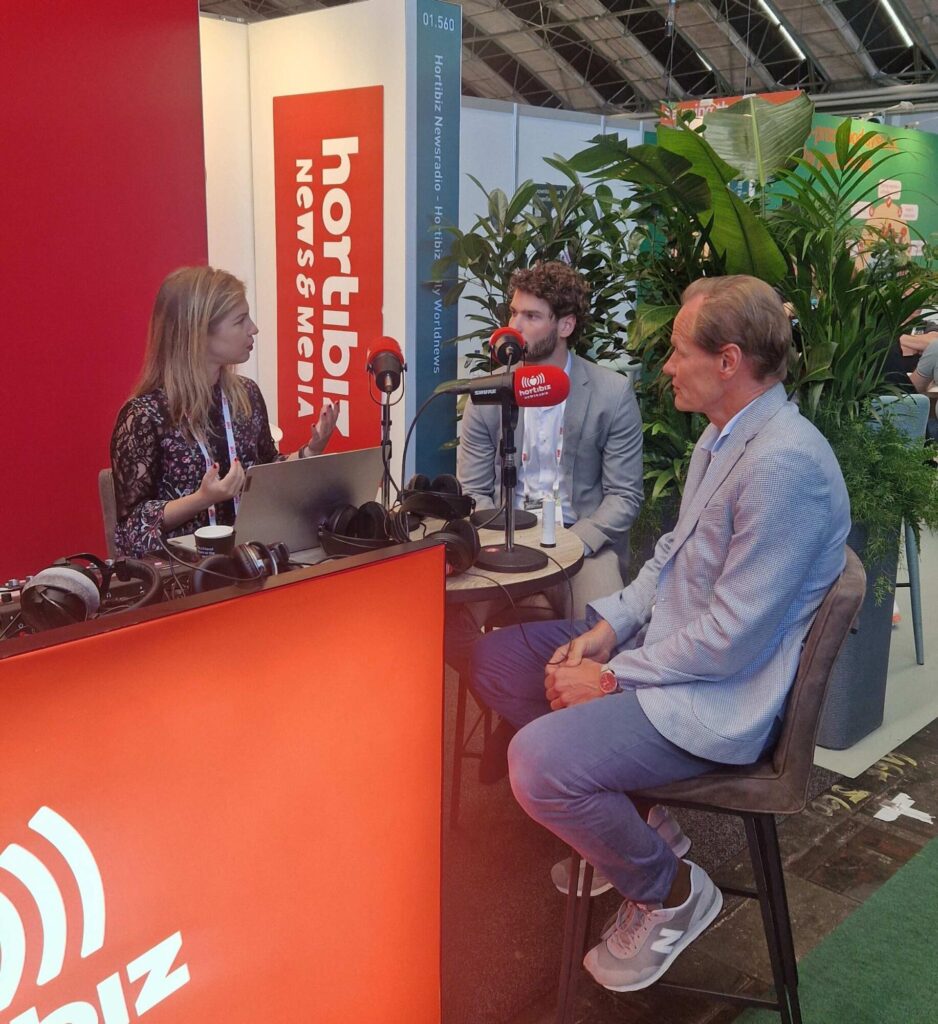
New sensor for growers: Ledgnd and Aranet close the gap in light strategy
During GreenTech 2025, Ledgnd and Aranet jointly launched the Light Spectrum Sensor and its integration into MyLedgnd. In the Hortibiz studio, Ramon van de Vrie (Ledgnd) and Erik van der Made (Aranet)…
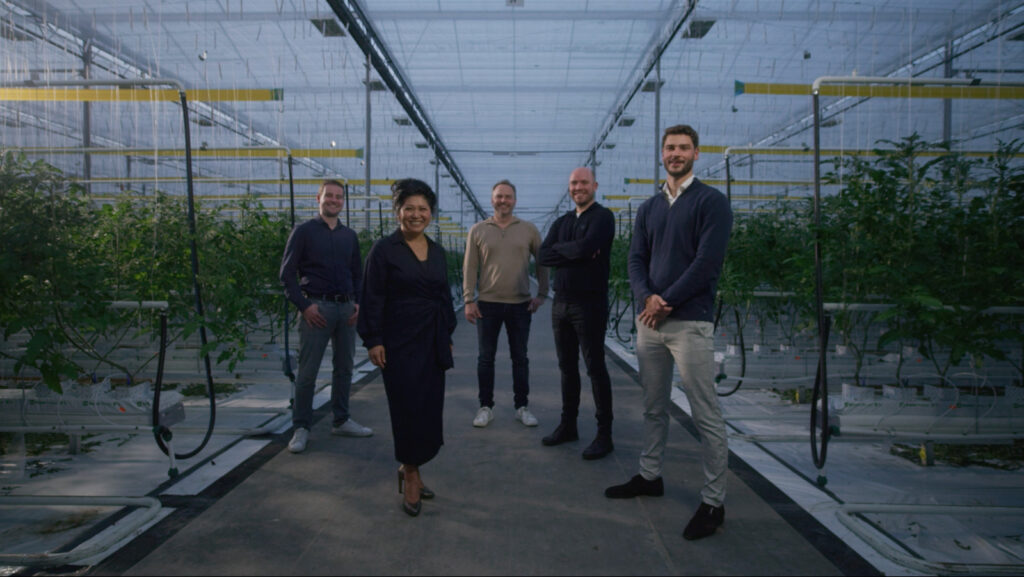
Ledgnd announces co-founder Matthea Rijneker as new CEO
Ledgnd, a specialist in data-driven cultivation optimization for the greenhouse industry, has announced the appointment of co-founder Matthea Rijneker as its new Chief Executive Officer. In her new ro…
Read more

Aftermovie GreenTech 2025
Ledgnd looks back on a successful GreenTech Amsterdam 2025. During the exhibition, we once again held many valuable conversations about data-driven cultivation optimization and the role of plant feedb…
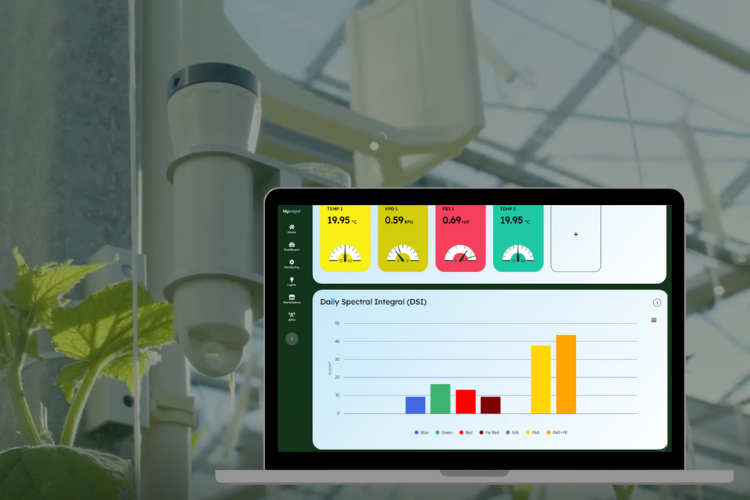
From climate to crop why plant science is the key to better cultivation decisions
In the greenhouse, everything revolves around creating the right conditions. Light, temperature, CO2 and humidity are all factors you measure, control and optimise. Traditionally, growers focus mainly…
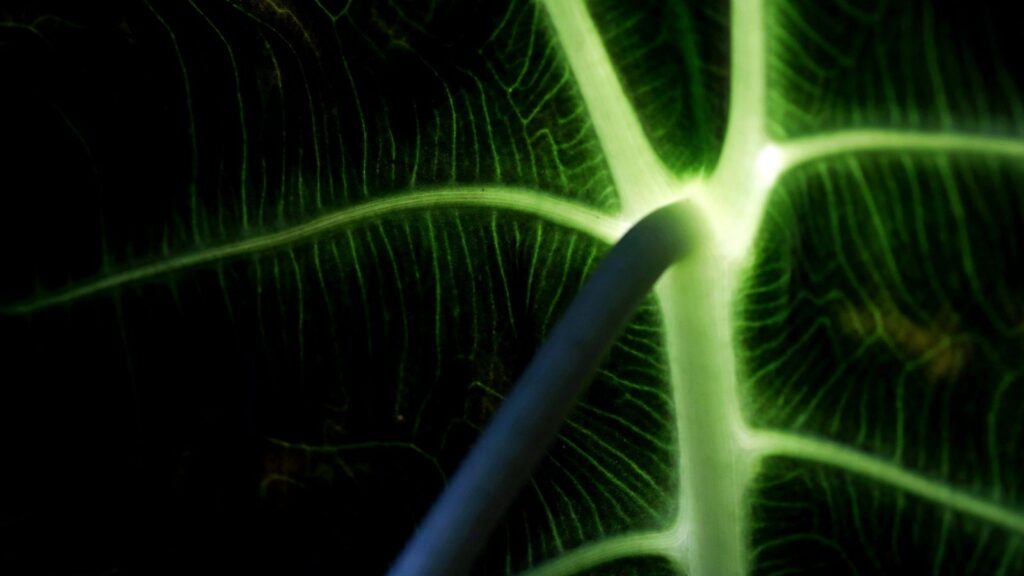
The 3 biggest pitfalls when starting with sensors in the greenhouse and how to avoid them
More and more greenhouse growers are using sensors and plant feedback systems to collect data. It is a logical step, because measuring is knowing, and data is a basic requirement for anyone looking to…
Do you want to know more?
Interested in what Ledgnd can do for you? Leave your phone number, and we will contact you as soon as possible for a non-binding informational conversation

